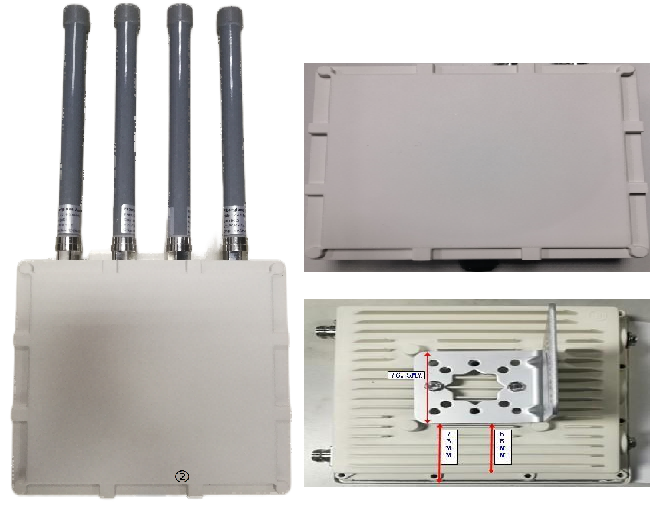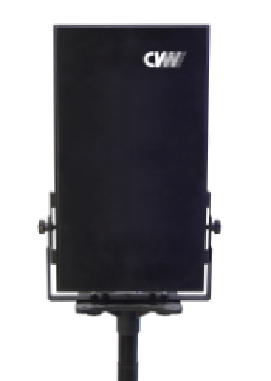The Multi Send One Receive Wireless video Transmission System is an advanced wireless video transmission technology that allows multiple transmitting devices to simultaneously transmit video signals to a receiving device. This technology plays an important role in many service scenarios, among which the following are several main application scenarios.
Live streaming of large-scale events: The wireless video transmission system plays an important role in live streaming of large-scale events. For example, events such as concerts, sports events, political gatherings, and exhibitions typically require shooting and transmitting videos from multiple perspectives. By using a multi send one receive wireless video transmission system, photography teams can simultaneously shoot from different positions and angles, and transmit multiple videos to a single receiving device to provide a comprehensive and multi angle live streaming experience of events.
Emergency rescue and search tasks: In emergency rescue and search tasks, the multi transmitter and receiver wireless video transmission system can provide better visibility and intelligence for rescue personnel. For example, in mountain search and rescue missions, rescue teams may need to dispatch multiple search and rescue teams to search different areas simultaneously. Each team can carry a transmitting device to transmit real-time search and rescue videos to a receiving device, so that the command center can timely understand the search and rescue situation and provide support.
Multi camera monitoring system: The multi send one receive wireless video transmission system is also widely used in multi camera monitoring systems. In scenarios where multiple areas or angles need to be monitored, using multiple transmitting devices combined with a receiving device can achieve simultaneous monitoring of video videos from multiple cameras. This type of system is typically used in scenarios such as security monitoring, traffic monitoring, campus monitoring, and public place monitoring, providing comprehensive monitoring and protection.
News coverage: The multi send one receive wireless video transmission system has also played an important role in news reporting. Journalists usually need to capture footage of the news scene from multiple perspectives. By using a multi send one receive wireless video transmission system, videos captured by multiple cameras can be simultaneously transmitted to a receiving device to provide news coverage from multiple perspectives. This technology can help journalists capture key videos in real-time and better convey news information and on-site situations to the audience.
Education and training: The multi send one receive wireless video transmission system also has broad application prospects in the field of education and training. For example, remote education and training activities can be achieved through a multi send one receive wireless video transmission system. Teachers or instructors can carry a transmitting device to transmit videos of the classroom or training site to a receiving device. Students or training employees can watch, participate, and learn in real-time on remote receiving devices, achieving interactive education and training.
In summary, the multi send one receive wireless video transmission system plays an important role in large-scale event live streaming, emergency rescue and search tasks, multi camera monitoring systems, news reporting, education and training, and other scenarios. It provides users with a multi perspective, real-time video transmission experience that can meet the needs of different fields. With the continuous development and innovation of technology, the multi send one receive wireless video transmission system will be applied in more scenarios and bring more convenience and value to users.

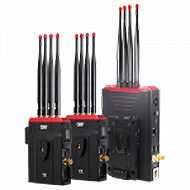 Multi-camera wireless video transmission
Multi-camera wireless video transmission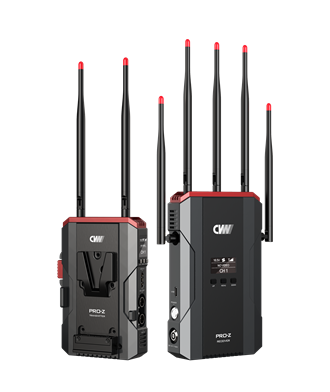 Zero Latency Wireless Video Transmission
Zero Latency Wireless Video Transmission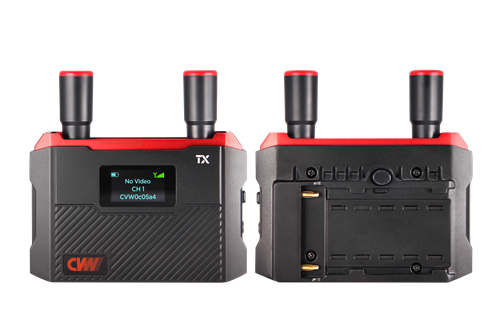
 Designed for teleoperating the heavy equipment
Designed for teleoperating the heavy equipment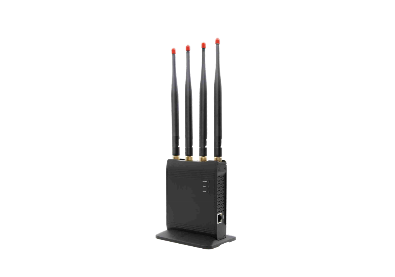 Wireless high-speed data transmission
Wireless high-speed data transmission